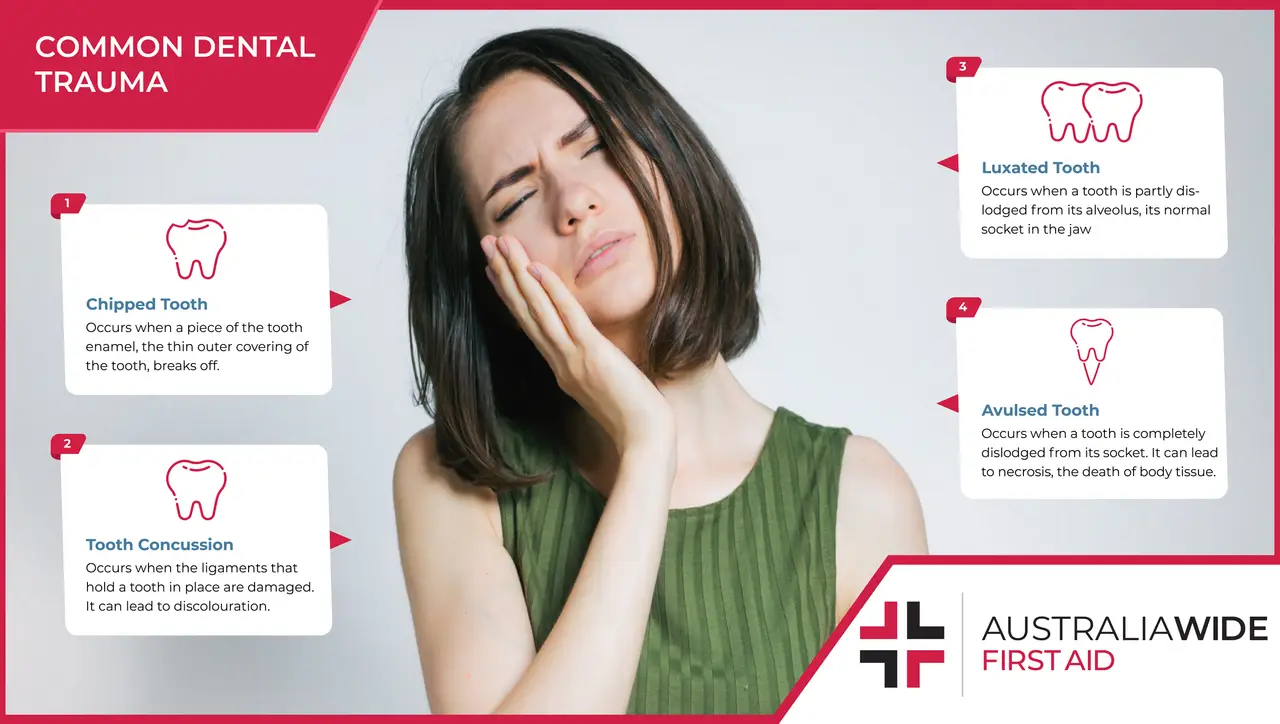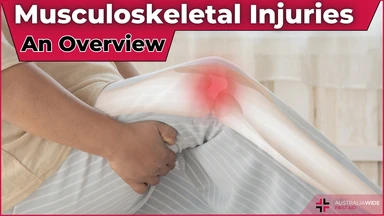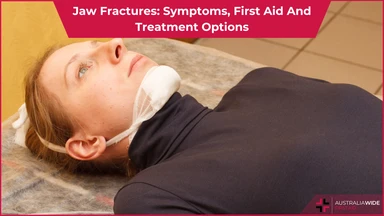What is Dental Trauma


Ignoring a dental injury can cause serious long-term effects on the mouth and increase the risk of permanent damage. It is essential to get checked out even if it is believed not to be a cause for concern.
Dental trauma refers to any injuries relating to the mouth, such as teeth, gums, alveolar bone, or the mouth's soft tissue, including lips and tongue.
These injuries frequently occur in children and young adults, making up 5% of all dental injuries. School children make up for 25% of dental injuries, and 33% of adults have needed dentistry assistance before the age of 19 because of trauma.
Common causes of dental trauma include falls, automobile accidents, interpersonal violence, or sports-related injuries. Patients need to be taken straight to the emergency department if they are suffering severe trauma to the head, neck, or face, such as:
Dental injuries can be examined in a dentist's office, where no severe assistance is needed. Injuries include a tooth fracture, displaced teeth, issues with mouth tissue or swelling of the gums. Even if the tooth seems to be intact, it does not mean there is no damage.
Cracks caused by a hit to the mouth or teeth can sometimes be too small for the naked eye to catch, so it is crucial to refer to the dentist so they can assess any future complications. Delaying the process of getting help can increase the risk of decay and infection and even cause permanent damage such as loss of teeth.
Below are some examples of common dental injuries:
Accidents involving dental injuries can happen to anybody but taking proper measures and knowing what to do is crucial. When you encounter a dental emergency, follow DRSABCD:
It is essential to learn first aid when dealing with dental emergencies, as it provides the necessary tools to prevent a situation from becoming worse. Getting a certificate in First Aid benefits the individuals and extends to family, friends, workplace, and the community.
Dental injuries can take up to 6 weeks to heal if there is no damage to the internal nerve of the tooth. It will mostly be inflammation and swelling in the tissue that supports the tooth, such as the gums and bone.
However, if there is damage to the internal tooth structure, the dentist may need to do some work on it, such as removing dead and necrotic tissue to prevent infection within the tooth's nerve chamber.
If the tooth is not treated, it can cause bleeding from the tissue that can leak into the tooth and cause discolouration. To get it back to its original colour, the dentist may recommend the patient get internal bleaching.

March 6, 2025
Falls are one of the most common causes of injury, particularly among children and older adults. Whether it’s a simple trip or a serious fall from height, knowing how to administer first aid can prevent further injury and, in some cases, save a life.

October 1, 2024
The musculoskeletal system is the foundation of human movement, support, and protection, playing a critical role in our ability to perform everyday tasks. Understanding the components and functions of the musculoskeletal system is essential for preventing injuries and managing conditions that may arise, particularly in workplaces where manual handling tasks are common.

August 28, 2024
A jaw fracture is a break or crack in the jawbone. This type of injury can occur due to various reasons and may result in considerable pain and difficulty in performing everyday activities like eating and speaking.